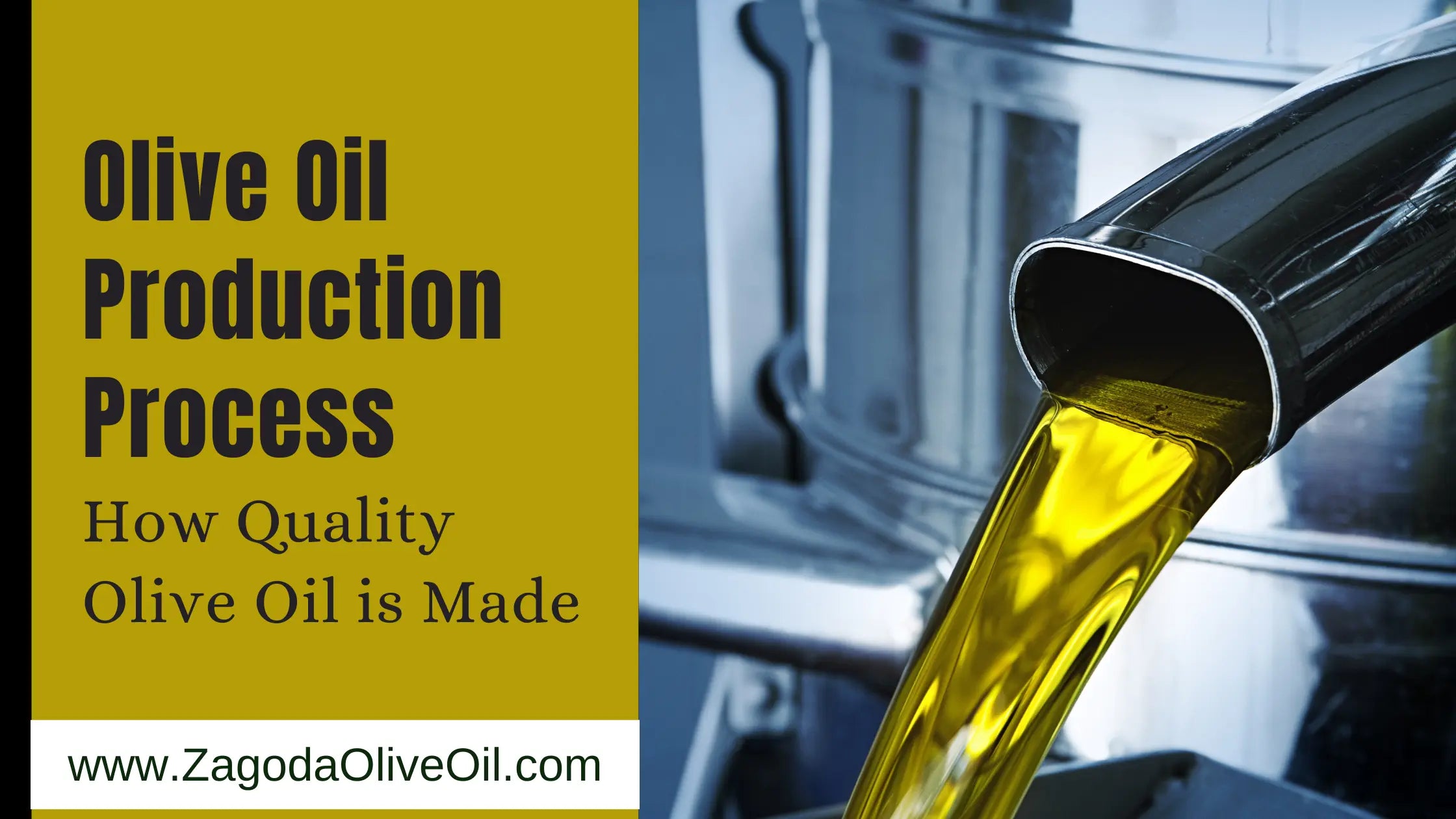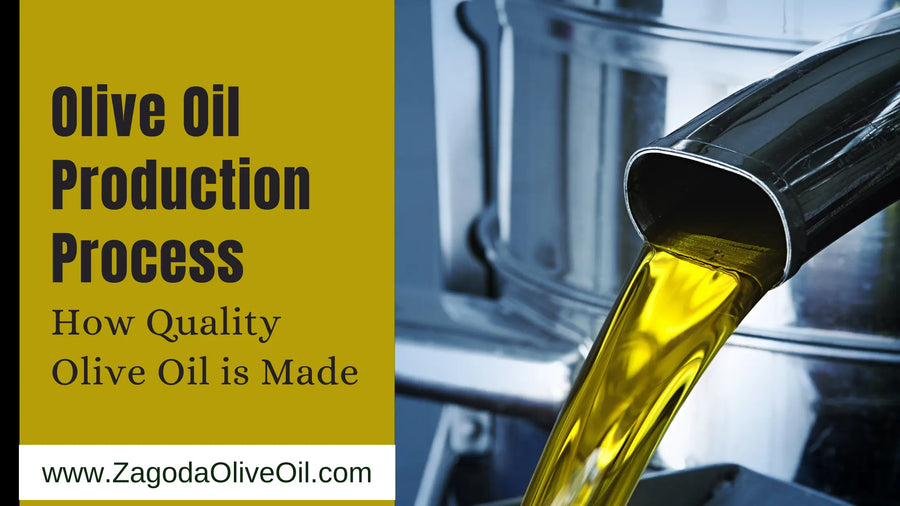Olive oil, sometimes also known as "liquid gold," has been a staple of Mediterranean culture for millennia. Its broad popularity as a healthy oil stimulates global manufacturing of it everywhere.
From the bottle on the store shelf to the verdant olive orchards, olive oil production is an interesting journey which combines conventional methods with modern technologies. Let us go over the olive oil producing techniques.
1. Harvesting the Olives
Making olive oil began with the olives being picked. Usually according to the olive type and the area, this is done in fall or winter. Particularly for premium oils, hand-picking olives was a popular pastime being carried on today.
Still, in bigger operations motorized harvesters are occasionally employed to shake the branches to liberate the olives so they may drop on nets or collect trays beneath.
Time is really important. While olive oil from early-season crops is often greener and tastes stronger, pepperier, oil from later harvests is fruitier and softer. The maturity degree of the olives during harvest determines the taste of the crop and ultimate product.
2. Cleaning and Washing
They are sent straight to the mill so the olives stay fresh and of quality after harvest. Usually they are cleansed with water, just to ensure that they are free of impurities before the production phase.
3. Crushing the Olives
After cleaning the olives are crushed to obtain the oil . Although enormous granite millstones were used in earlier times, modern manufacturing techniques usually make use of stainless steel hammer mills or grinders. These instruments crush the whole olive, pit and all, into a viscous substance sometimes referred to as "olive paste"
The olives have to be crushed very far after harvest to stop fermentation and oxidation, which might impure the oil's quality.
4. Malaxation
Olive paste is gradually kneaded or combined in malaxation to help little oil droplets merge into bigger ones. This is a critical phase to ascertain oil production. Usually at 27°C or below, often known as "cold pressing," the olive paste is churned for 20 to 45 minutes under control temperature to preserve the quality of the oil and minimize the degradation of important polyphenols.
Malaxation starts the process of releasing oil from olive cells and enhancing oil taste and fragrance by use of enzymes. At this level, precision temperature and timing control determines the production of premium extra virgin olive oil.
5. Separating the Oil
After the malaxation process ends, the olive paste separates. Modern centrifugal extraction and conventional pressing are two basic methods of separation.
Traditional pressing:
Firstly, the paste was put on mats and piled in layers by using the traditional pressing method; it was then squeezed to release the oil. Though it is not that much popular , certain companies made it by this process.
Centrifugal Extraction:
In some capacity, most current olive oil manufacturing uses centrifugation. Olive paste runs quickly in a centrifuge to separate solid material—olive pomace—from oil and water. Water and oil do not mix, hence centrifugal force extraction of the oil is simple.
Olive oil remains once the solid trash and water have been eliminated. The last output has to be explained from oil combined with residual water.
6. Final Separation and Filtration
Even when the oil is removed from the paste, water and minute particles of olive flesh still contaminate it. Once more centrifugation or letting the oil settle in tanks enables the leftover water and particles to naturally separate and be eliminated from it.
While some manufacturers would rather leave the olive oil unprocessed as they feel this preserves more of the natural flavor, others filter it to make it more transparent and stable. Those who want more conventional products typically hunt for pure oil even though it is more prone to grow dark and settle over time.
7. Bottling and Storage
Right immediately after extraction, the oil can be bottled. Dark glass bottles or stainless steel containers are used to preserve extra virgin olive oil and other premium olive oils from air and light, therefore preventing oxidation and harm to their taste.
Usually, the oil is kept at a steady, low temperature as heat might possibly compromise its quality. While certain oils may be kept in tanks for several months to permit the taste to develop before bottling, others are bottled right away.
8. Classification and Quality Control
Olive oil is tested to set its quality before it might be sold. The best quality is extra virgin olive oil; it stands out for low acidity—less than 0.8%—great flavor. Given that its acidity might approach 2%, virgin olive oil is of really low grade.
Extra virgin olive oil has more advantages like health benefits; refined olive oils do not have these qualities as chemical treatment removes flaws.
FAQ’s
How is olive oil made?
Olives are harvested and then ground into a pulp. After pulping it is either pressed or centrifuged to produce olive oil. Cooking maintains the original flavor and nutrients of the oil.
What Are the Steps to Extract Olive Oil?
After cleaning it is crushed and then malaxed and then separated from the olive paste, a press or centrifuge extracts the oil from it. Olive oil's quality depends on varietal, extraction technique, and harvest season as well as other factors.
How Are Olives Processed for Oil Production?
Crushing the olives into a pulp and then mixing (malaxing) them helps the oil droplets mingle together. Pressing the mixture or centrifuging assists the oil to be separated from the water and particles.
What is Olive Oil Refining?
The processing of olives includes washing and crushing of the olives into a paste after they are mixed and mechanically separated to produce the oil. the solid left behind is either thrown away or used for fragrance.
What is Olive Oil Refining?
The process of olive oil refining includes applying chemical and physical methods whose purpose is to eliminate flaws in taste, color, and acidity to cure inferior oils. This technique produces better olive oil which is free of strong taste and health advantages of extra virgin olive oil.
How are olives processed?
In the oil extraction process, the seeds or fruits are crushed; the paste is heated or cold pressed; next, mechanical techniques such centrifugation or pressing are used to extract the oil. It is used to remove solid residue from oil.
How is Olive Oil Expelled Using a Seed Press?
While using a seed press, first of all use a seed press to press down the olive paste releasing the olive oil. It typically produces less oil than newer centrifugal techniques, this conventional approach is slower.
What are the steps in the production of olive oil?
The processes used in olive oil manufacturing includes harvesting, cleaning, crushing, malaxing (mixing), extraction using a press or centrifuge, filtering, and bottling.
Which country is the largest producer of olive oil?
Spain is the top producer of olive oil globally, it approximately produces forty to forty-five percent of total output.
Our extra virgin olive oil is made by using a natural process. We harvest olives on our own. These olives are cold-pressed for hours to keep their flavors and powerful antioxidants. We ensure that only the best and pure oil should be on your table.
We combine new technologies with traditional methods. Either you are pouring it over salads or using it in cooking, our extra virgin olive oil tastes good and has various health benefits.


